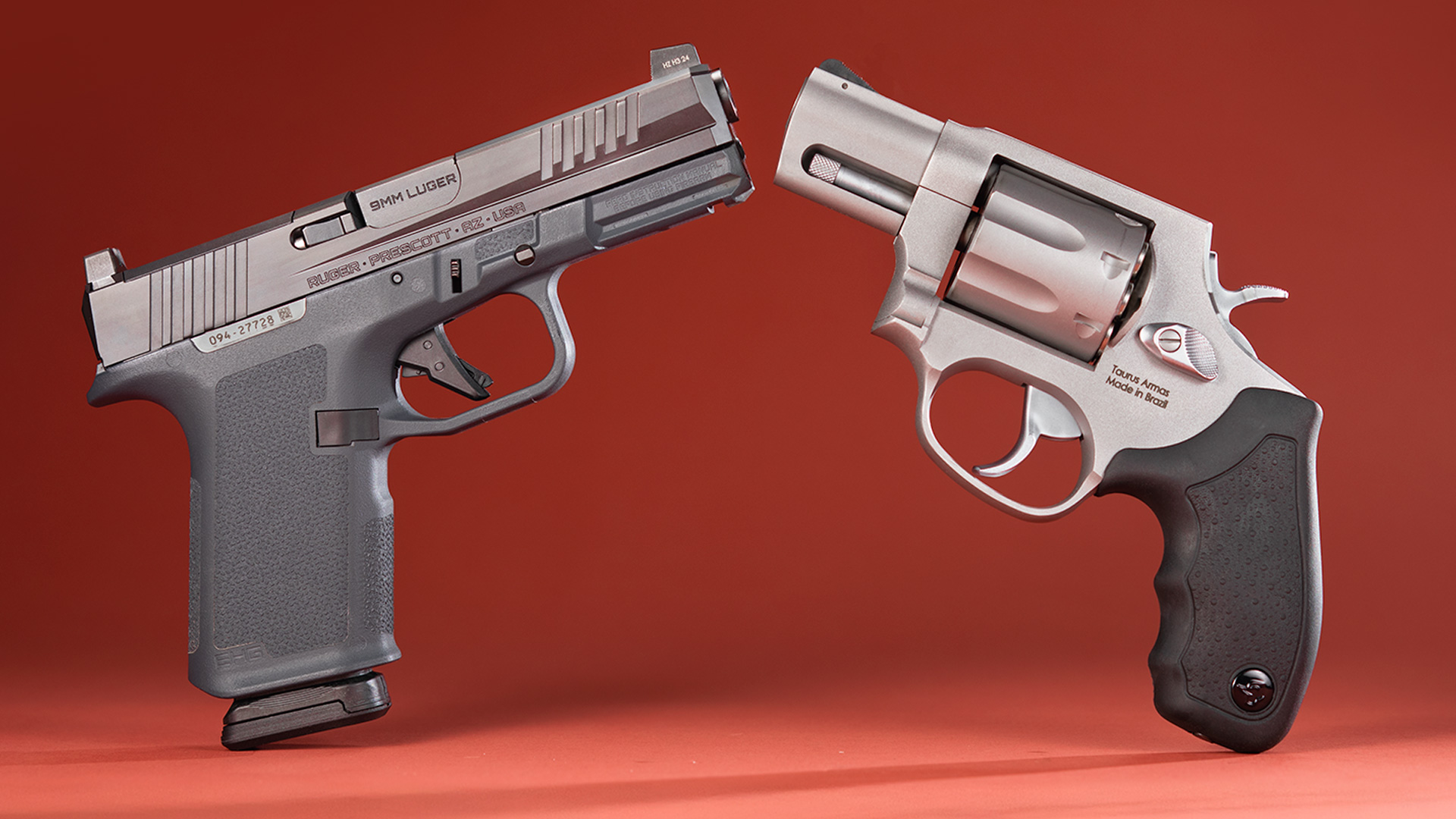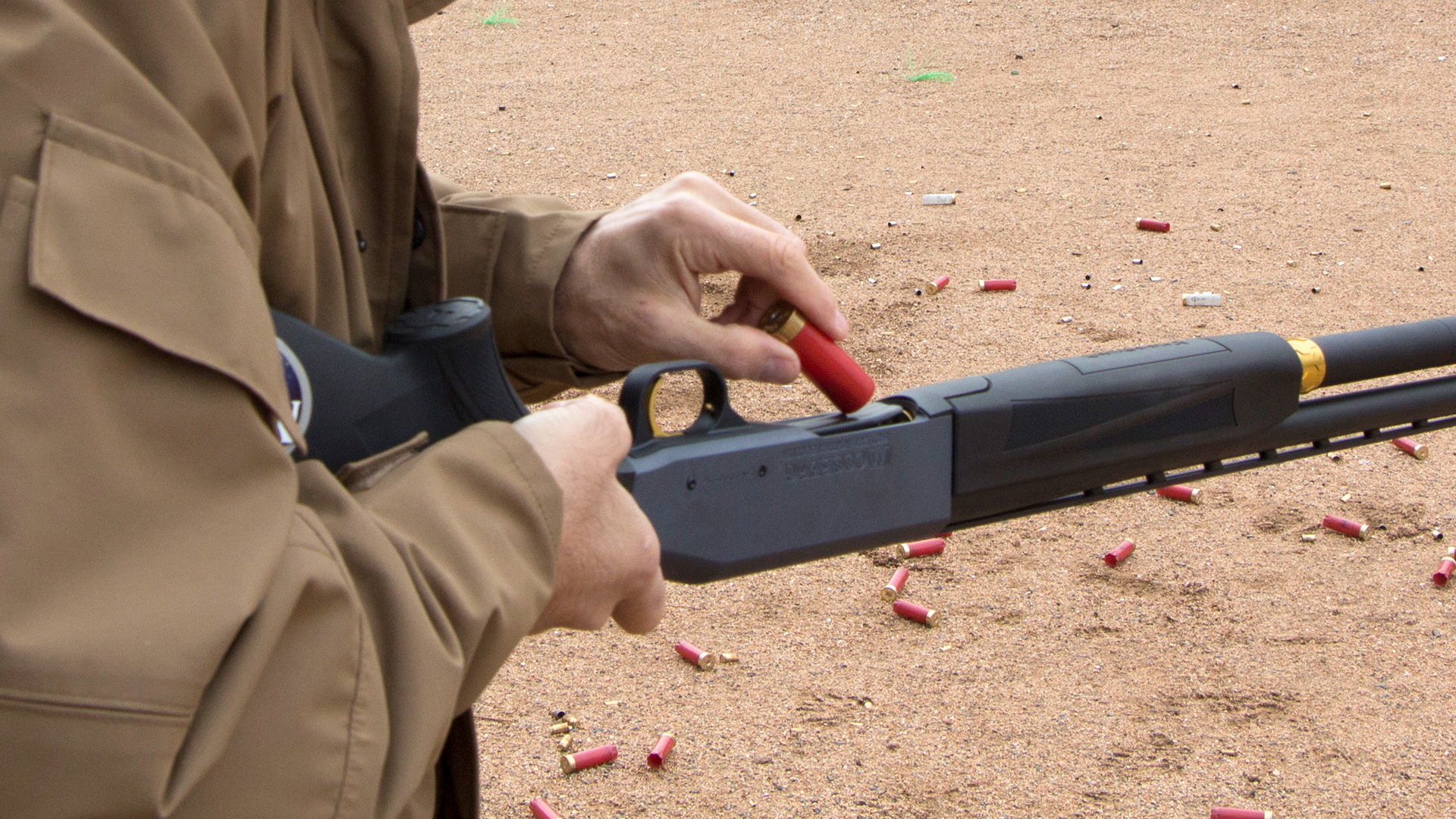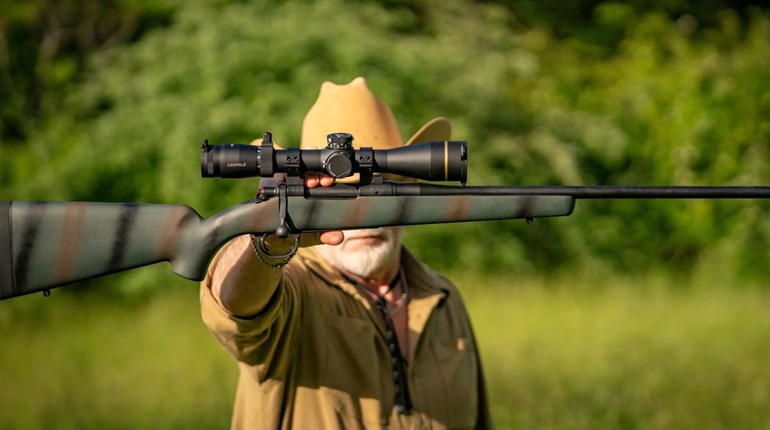
The story of the FN FAL is one from which legends are born. It has been in constant use since its initial manufacture in 1950, with seven million rifles produced and in use/adopted by 90 different countries around the globe. From the jungles of Malaysia to the front lines in the current Ukrainian conflict, this venerable rifle has proven itself on the battlefield for more than seven decades.
This story, as with all good gun stories, begins with John M. Browning at the Fabrique Nationale (FN) plant in the city of Herstal in the province of Liège in the country of Belgium. In 1921, Browning began work with his chief assistant, Belgian native Dieudonné Joseph Saive, on what would eventually become the Browning Hi Power pistol. Saive became FN’s chief arms designer after Browning passed away at his FN office in October of 1926. Saive continued his design work at FN, finishing up the Hi Power project and numerous other designs when he began work on an innovative gas-operated, semi-automatic rifle prior to the start of the Second World War.
When German Panzers crossed the Belgian frontier on May 10, 1940, Saive and his assistants took the plans and drawings for their new rifle with them across France and Spain, and into Portugal, from where they finally escaped via boat to England to assist the Belgian government in exile.
Returning to Herstal at the end of the war, they set about refining and producing the FN-49 semi-automatic rifle. At the same time, John C. Garand and Earle Harvey, at the Springfield Armory in Massachusetts, were looking to also design and produce a selective-fire rifle based on Garand’s M1 and T20 rifle designs. British and Canadian arms designers struggled with the U.S. and the 12 original NATO allies on adopting a universal rifle cartridge before settling on any specific rifle design they had hoped would be adopted by all NATO forces.
After abandoning a British bullpup design, the EM2, in .280 caliber, the British and Americans settled on the 7.62x51 mm cartridge (aka .308 Win.) for the universal NATO round. What followed next was a series of underhanded and nationalistic acrobatic field tests between the American T44 design and the FN FAL (L1A1 in British nomenclature). Convinced that the Americans would adopt the FN FAL design after they had acquiesced to the American T65 (7.62 NATO) cartridge as universal, the Americans decided on the T44 (M14) rifle over the FN FAL, which was adopted by the British and Commonwealth nations in 1953. The M14 would not gain official U.S. approval until 1957 and was replaced by the 5.56 NATO M16 in 1967.

The NATO desire to field a common rifle and cartridge was only half fulfilled with the adoption of the 7.62 NATO round. The British and Commonwealth nations lost no time in putting the new rifle into production and military use, with the first combat use being recorded in Malaysia in 1950 using some of the prototype arms manufactured for the initial field tests.
The Belgian FN FAL design by Saive was produced at the FN plant in the standard European configuration of metric measurements and converted to the British inch for manufacture in Britain, Canada and Australia. Seven other countries would eventually produce the FN FAL under license, but all by the metric standards of measurement. Consequently, it is important to know which standard was used in manufacture as most parts, including the magazines, will not interchange between the two different standards.
The FN FAL operates with a short-stroke gas piston that has a variable gas valve located near the muzzle to regulate the operation of the gun in various conditions and climates. It has a tilting breech block similar to Saive’s FN-49 rifle. Originally configured in light and heavy barrels, light for semi-automatic-only and heavy for selective fire, the gun proved to be nearly uncontrollable in full-automatic mode and had punishing recoil. Eventually the selective-fire models were replaced by the light-barreled, semi-auto-only configuration.
The L1A1, as the FN FAL was known in British service, remained the UK’s standard service rifle until the adoption of the 5.56 NATO SA80 in 1987, some 20 years after the United States adopted the 5.56 NATO M16. The L1A1 was used in conflicts all over the globe and was even used by both sides during the Falklands War of 1982.





































